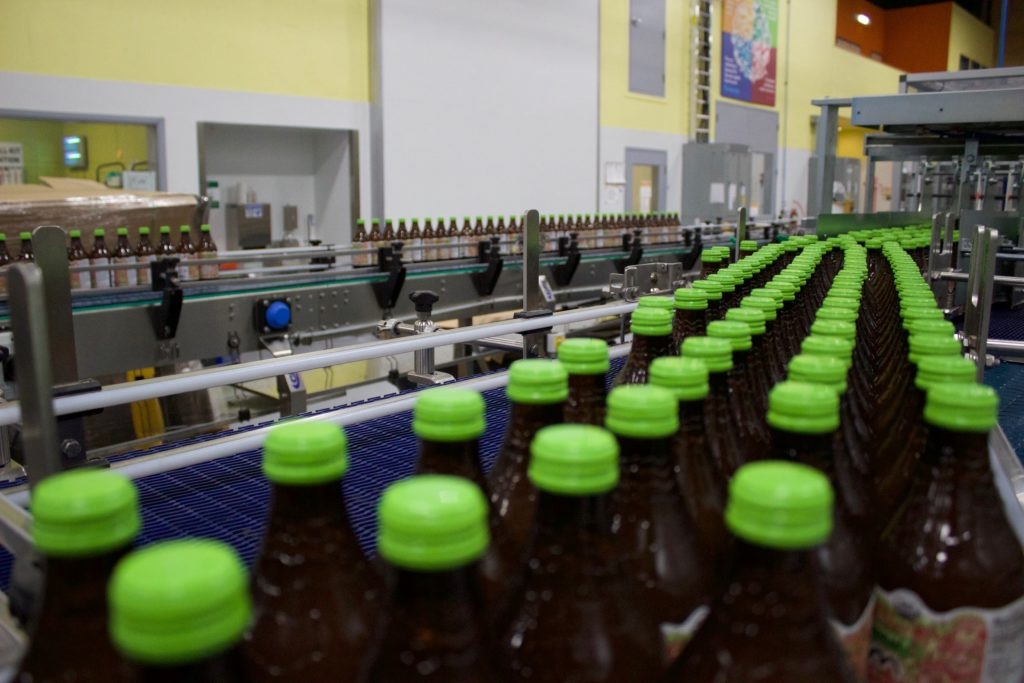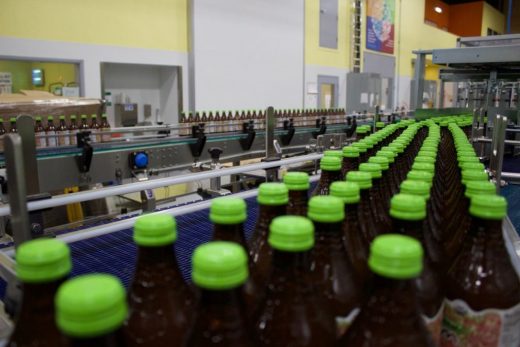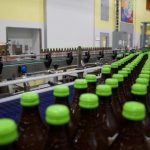Technology Needs to Make Healthy Food Scalable and Affordable
Technology Needs to Make Healthy Food Scalable and Affordable

Many have been calling the healthy and organic food category the next trillion-dollar industry. With allergen-free foods experiencing 30 percent sales growth in the U.S. and healthy snacks alone estimated to top $ 138 billion by 2020, it’s not surprising that 88 percent of consumers say they’ll pay more for access to healthy foods.
The demand is there, but the problem is scaling health food production to meet it. And many worry about what will happen if healthy food doesn’t become more cost-effective to produce: American adults hit an all-time high in obesity in 2017, with just shy of 40 percent considered obese. Nineteen percent of young people fit in the same category.
Some big corporations have jumped in the fray to produce healthy foods at scale, from Coca-Cola’s Honest Tea to PepsiCo’s KeVita kombucha. But many who purchase natural and organic foods argue that big corporations create synthetic products or dilute the richness of the products offered by smaller manufacturers using traditional methods.
The onus is on technology to make health food production more scalable and cost-effective, as Humm Kombucha’s Eric Plantenberg explains.
Old-School vs. High-Tech
Plantenberg, the chief sales and marketing officer at Humm, remembers watching his mother make kombucha in their family kitchen. His mother, a nurse who grew up on a largely organic farm, made the drink for its health benefits. “We’re full of low-nutrition food these days as a country,” he explains. “Thirty to 40 years ago, the entire food industry changed from producing high-nutrient food to high-caloric because it was less expensive to produce.”
Plantenberg continues, “It was a great ‘feed the world’ mentality, but it completely stripped foods of nutrients. And the bacteria in your stomach drives your tastes and preferences — if you eat an apple a day, you crave an apple because your body wants what it knows. People have been feeling bad — they’re unhappy with their bodies, not just in image, but in microbial discomfort — and it was a setup for the entire movement of natural foods.”
Humm was founded by friends Michelle Mitchell and Jamie Danek in the middle of the recession in 2009. They got 15 orders after trying to sell the homemade product to friends. Plantenberg says it had a viral effect immediately — people felt better after consuming the fermented drink, even if they didn’t change their daily Snickers or McDonald’s habits. That momentum often propelled customers to take on other lifestyle changes, including food modifications.
But as the call for kombucha grew, the grassroots brand had to keep up with it, transitioning from making 10 gallons per week in the kitchen to making 250 in the first six months. The company struggled to figure out how to get bigger vessels, transport the large quantities, and manufacture 50,000 gallons each week. “How do you bridge a very small-batch process and scale it to something 20 million people are asking to drink?” Plantenberg asks.
Following a Steep Trajectory
Humm’s team felt the steep growth of the health food market. “We’ve been through a lot to figure out how to make the tech scalable,” Plantenberg says. “The affordability issue of clean, healthy food is very real. Natural products facilities’ processes are very labor- and time-intensive.”
He explains, “Whole Foods gets a bad rap, but the markup on junk food is so much higher than it is on healthy food. The whole supply chain of healthy foods is broken, and demand has far exceeded our capacity to make products. How do we do this and maintain our quality? A warehouse brand approached us to buy massive amounts of our product, but the quality has to remain the same.”
Mackenzie Stabler, the brand’s director of innovation, has been trying to help the brand do just that: “When Jamie and Michelle started out in the kitchen, they had recipe flexibility, but also inconsistencies from batch to batch. These days, we define quality as having consistency, but it has to make sense with our size.”
She said there’s very much been a relationship between technology and the brand’s ability to keep its products accessible. “Four years ago, we didn’t need a full lab and guard columns (GC). We measure consistency through technology: GC, data tracking, flavor profiles layered on top through GC information to see the peaks and valleys from batch to batch.”
Scaling up has been challenging, as what worked even a year ago doesn’t make sense now. The company has adopted data analysis akin to other high-tech business segments. “Everything we do now is through data collection, algorithms, and quality control software — we’re finding where things correlate, extrapolating trends and outcomes, and doing variable testing. It’s been huge in scaling our process development,” Stabler says.
Jumping Hurdles
Tweaking each aspect of the process to scale has created new hurdles to overcome. Stabler says the brand had a flavor in a conventional version that it had to reformulate as organic. It had created a sensory experience with one conventional product, but it couldn’t replicate it with a singular organic product. Instead, the brand put the new version together through all-organic flavor compounds and aromas.
Stabler says tech-fueled tweaks have also lowered the sugar in Humm’s kombucha, making the healthy product even healthier. “The relationship between sugar and acidity allowed us to change the flavors,” she says. “We had the same base product and just adjusted the sweetness or acidity in either direction and used the lab to determine the content of each item.” The brand’s new line extension has only 5 grams of sugar per serving.
But this testing carries a price. Stabler says mass-manufactured kombucha tends to share more similarities with juice from concentrate than 100 percent juice, which is more akin to handmade kombucha. “When a company is using concentrate, the first ingredient will be water; full-strength products will list kombucha first and then the ingredients of kombucha in parentheses,” she explains. “There’s no legal requirement to advertise whether it’s from concentrate or not; from concentrate is cheaper, diluted with water, and it doesn’t require the business to manufacture or grow cultures. They’re essentially a co-packer of a kombucha product.”
Healthy foods, Stabler says, are in the beginning stages of their revolution. “Go back to when beer started — looking at the tech advances, it was very similar to how kombucha has grown,” Stabler says. “But kombucha, until the 1980s, was a pocket thing that still resembled how it had been made in China and Russia. Now, we have mainstream demand to make more, but a consistent, safe product only happens with technology. You can’t do things the old-fashioned way and serve a million people. We want to be sustainable.”
As Humm’s experience proves, the healthy food market may be the next trillion-dollar industry, but it’s already flagged a ripe opportunity for entrepreneurs in the tech arena: healthy food manufacturing. If tech companies shift some of their focus to automating and streamlining the production of healthy food, data-heavy companies like Humm will be able to meet demand — and make people healthier — that much faster.
The post Technology Needs to Make Healthy Food Scalable and Affordable appeared first on ReadWrite.
(15)





